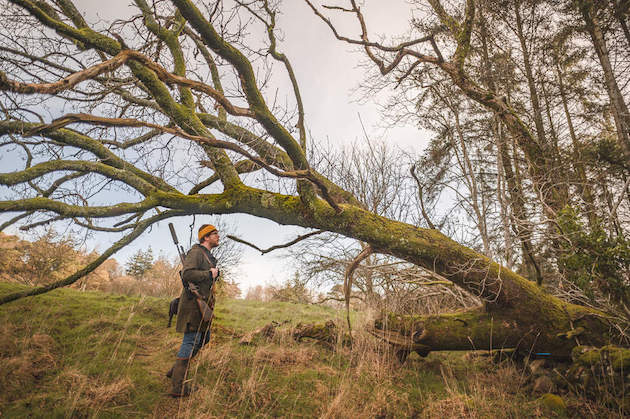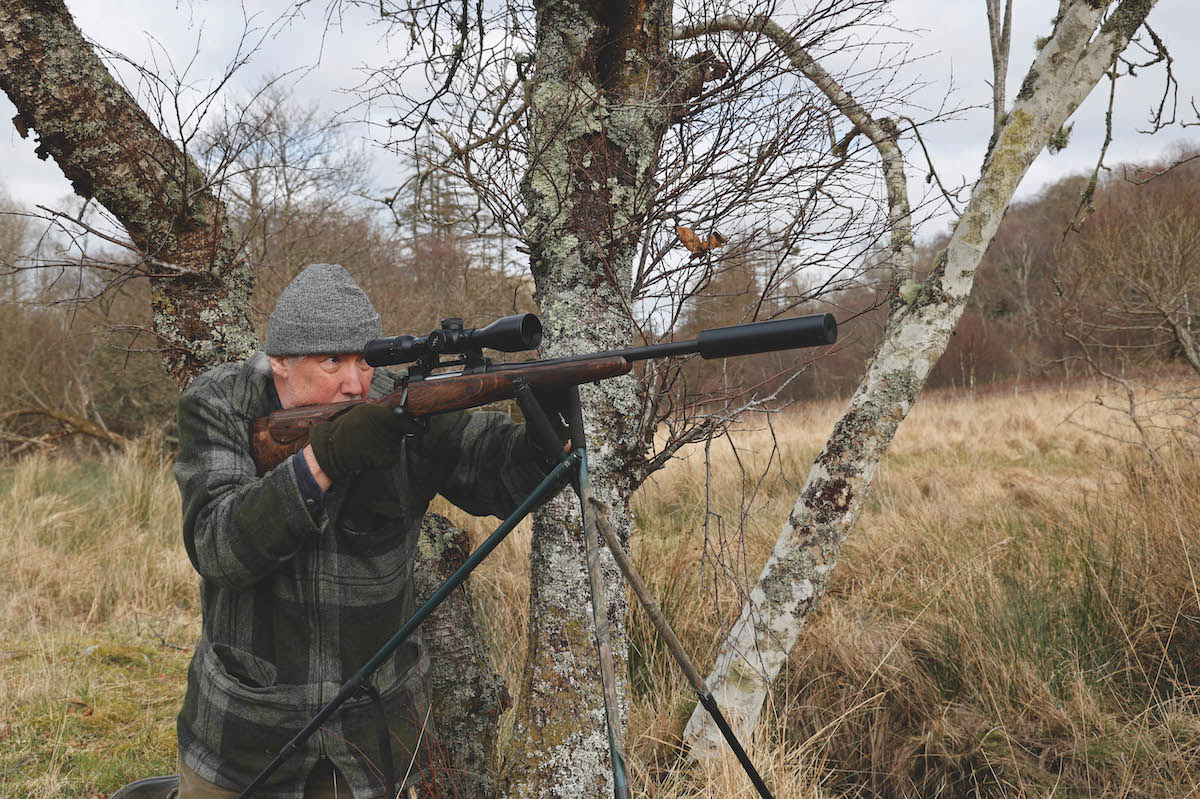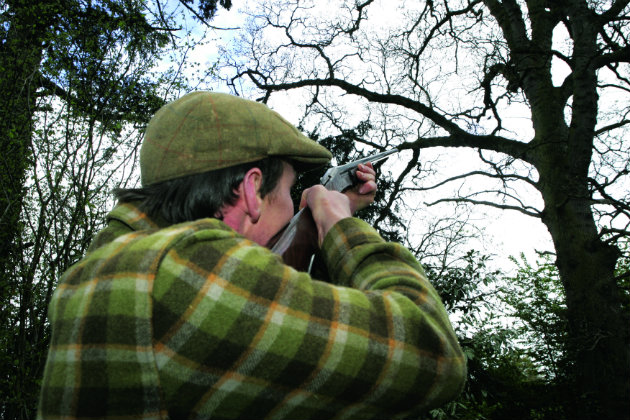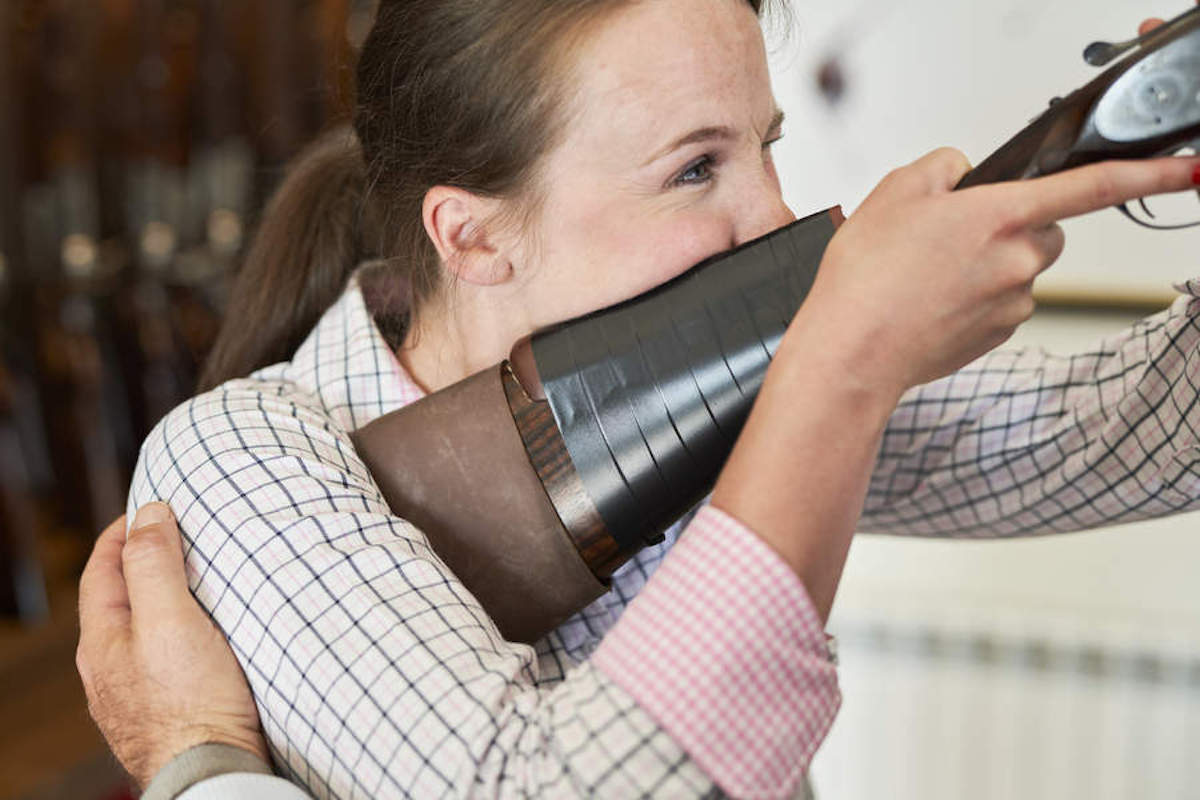Risk management on shoots – time-consuming but necessary
Risk management on estates and shoots is a time-consuming but necessary task, says The Secret Land Agent

It was a few weeks ago that I was slipping and sliding my way down a very soggy woodland track, the car struggling from one side to the other as the mud gripped at the tyres and traction faltered. I had some of our professional advisers in the car with me and, while trying to maintain a calm exterior, I was rather flustered on the inside, desperate to avoid the embarrassment of getting stuck. (Read more on shooting insurance here.)
A large storm had just come through, bringing with it heavy rains and high winds. Certain parts of the estate had to be closed off to the public due to the risk posed by falling branches and trees. This particular storm was a northerly, gusting over 50mph, and because it was from a direction the trees were less prepared for, we lost quite a few, with many cracking and uprooting.
Evidence of this was close at hand, as the fresh sawdust on the track attested to, our forestry team having recently cleared one of these trees off the roadway.
We have a rigorous tree-inspection regime on the estate, with the holding split into risk zones. Zone A is the highest risk area, with trees most likely to be a threat to the general public if they were to fall. The risk level through zones B, C and D step down depending on the likelihood of danger. Our zone A trees are inspected every few months and our zone D trees perhaps once every few years.
Sporadic
For quite some time, most of the shoot area was classified under zone D; sporadic access to woodland by the keeper and beaters didn’t seem to warrant the time and cost of inspecting compared to the low risk we deemed to be posed on shoot days.
This practice had continued for decades without incident, but perhaps this had made us complacent. On one shoot day this year, the pickers-up had parked along the same track I had been slipping and sliding down. Around them, the wind was building to the point where a gust came through and a large bough was ripped off a lime tree and crashed into a pickup truck.
We were thankful no one was injured, but the scare was enough to push us into a review of our high-wind policy. The review had one simple question to answer: are we doing enough to safeguard against tree-related incidents on shoot days?
We all appreciated that undertaking a tree-condition survey of every single tree on the estate was completely unrealistic and cost prohibitive, but we understood this was something we needed to address.
Risk management on shoots
We looked at guidance notes and explored what other organisations providing woodland access to members of the public were implementing. Eventually, we put into place an assessment of the overall condition of various blocks of woodland within the shoot area, taking into account woodland type, age of the stand, wind direction it was most likely to be exposed to and when it was last thinned or managed.
Collating all of this information, a set of policies was set out so that access to woodlands was restricted under certain wind conditions. While it is a pretty dry subject and took quite a lot of time, we’re far more confident in our safety policies now than we were several months ago. Of course, freak accidents can always happen, but I urge shoots and estate managers to look at any risks posed and assess what can be done to mitigate them.








